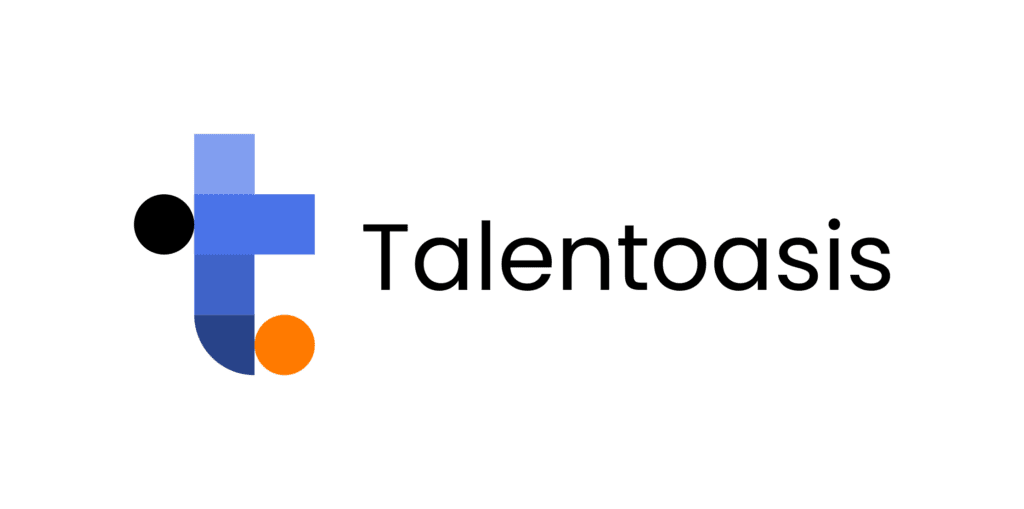Everything You Need to Know About Employee Engagement

Employee engagement is vital and, for some, more important than job security. It includes the degree of commitment, enthusiasm, and energy that employees invest in their jobs and the workplace. Employee engagement is more than straightforward team-building exercises or events you see online.
And this article will explore just that. Employee engagement can shape an organization’s culture, increase productivity, and grow business. First, let’s define what employee engagement is.
What is Employee Engagement?
Employee engagement refers to how dedicated and enthusiastic employees are about their jobs and company. It is more than just performing duties; engaged individuals invest passionately and give their all. Understanding employee engagement can help businesses determine workplace culture and whether employees are motivated or disengaged.
This understanding indicates the efficacy of initiatives such as team development and human resource procedures. Companies can improve productivity, innovation, and work satisfaction by increasing employee engagement, resulting in improved business outcomes.
With the right approach and perspective, you can learn how to engage employees more with their work and your company.
Why is Employee Engagement Important?
Your employees’ daily actions and decisions profoundly impact your business’s culture, productivity, and success. How management communicates with workers and employees communicate with one another can either inspire productive behaviour or leave your company vulnerable to risks. In some extreme cases, this can increase the turnover rate of top-performing employees.
There are decades of research on employee engagement that highlights the critical role engaged workers play in the company’s success. This effect is significant across all sectors, business sizes, countries, and economic environments.
However, data shows that only 23% of workers globally and a little higher 32% in the U.S. are in the sought-after “engaged” group.
Statistics show the result of less engaged employees as follows:
- 81% absences
- 58% of incidents involving patient safety (deaths and falls)
- 18% turnover rate for high-turnover organizations
- 43% turnover rate for low-turnover organizations
- 28% shrinkage (stealing)
- 64% of accidents involving safety
- Only a 10% increase in client loyalty/engagement
- Only an 18% productivity increase (sales)
Who’s Responsible for Employee Engagement?
70% of the team’s engagement depends on their manager. Ensuring employee engagement is one of the manager’s primary responsibilities.
Managers must clearly articulate the work goals and support their team members when needed. In addition, it shows how each employee’s work contributes to the business’s success as a whole.
The manager’s ability to have ongoing coaching sessions with staff members is crucial to carrying out this duty effectively. Unfortunately, most managers don’t receive training to undergo these conversations thoroughly, leading to miscommunication and micromanagement rather than resources and direction.
Thus, it becomes clear that an Employee Engagement strategy is needed.
This strategy must include:
- Redefining the manager’s performance criteria and job responsibilities
- Training, coaching and resources needed to meet the goals
- Establish evaluation systems that enable managers to fully assess team members’ performance, hold them accountable, and provide coaching focused on future development (key performance indicators)
What Factors Contribute to Employee Engagement?
One of the biggest things businesses need to correct is not treating employee engagement as a one-time activity that only occurs when a survey is required. While surveys are important in measuring engagement, engaged employees are “enthusiastic,” which is far more complex.
Genuine employee engagement goes beyond fleeting joy; it comes from a more profound yearning for meaning and purpose in one’s work. It depends on appreciating each person’s distinctive talents and abilities.
The main drivers of employee engagement include the following:
- Growth: The chance for both personal and professional development is essential. Engaged employees want opportunities to learn, grow, and develop.
- Empathetic Approach: An attentive manager encourages involvement among their staff by showing genuine concern for them. When leaders provide encouragement, direction, and recognition, employees flourish.
- Ongoing Conversations: It’s important to communicate regularly and meaningfully. Employees want open lines of communication with their managers to express any challenges, goals, and progress.
- Focus on Strengths: Employers that utilize their employees’ distinctive skills report feeling more empowered and fulfilled.
The bottom line is that employees look for direction and significance in their work. They want to understand how their efforts fit with the company’s objectives and its broader influence on society.
They also seek connections, especially with a manager who can guide them to the next stage.
How to Implement
Enhancing employee engagement requires more than simple tweaks and surface-level initiatives. Team engagement activities might not result in a radical culture change but will kickstart it.
Scenario
Consider a new manager in charge of a team that includes members of different ages, genders, ethnicities, and personalities. After several months of open communication and occasionally angry team meetings, it becomes clear that the team’s poor performance and collaboration result from a lack of cooperation and togetherness.
In this situation, you can do the following:
- Appreciation: Have discussions with staff to see what will truly make them feel appreciated as team members. As a result of this dialogue, it creates a more inclusive and supportive work environment in which individual contributions are valued and celebrated.
- Valuing Employee Input: Engage the entire team in dynamic conversations during meetings and consider each employee’s perspective. In addition, they demonstrate the impact of their insights by converting their concepts into actionable initiatives.
- Addressing Diversity and Inclusion: Given the team’s diversity, prioritize programs that promote cohesion and inclusivity. Create an environment where all viewpoints are welcomed and appreciated so collaboration can thrive despite individual differences.
How We Can Help
At Talentoasis, we use a proprietary Talent Assessment with a 92% hiring success rate to dive deep into the candidate’s cognitive abilities, motivations and personality. This benefits you because we can determine whether or not the candidate aligns with your requirements and company culture through research before they even join. Think of us as one of your first lines of defence, acting as Talent Acquisition security before letting them into your company. This sustains your existing culture and ensures it thrives with the right team members (learn more).
Conclusion
Improve your team’s morale, productivity, and overall performance by approaching engagement as an ongoing journey and coordinating your efforts with the team. It all starts with an open line of communication going beyond surface-level activities and fostering authentic connections.

